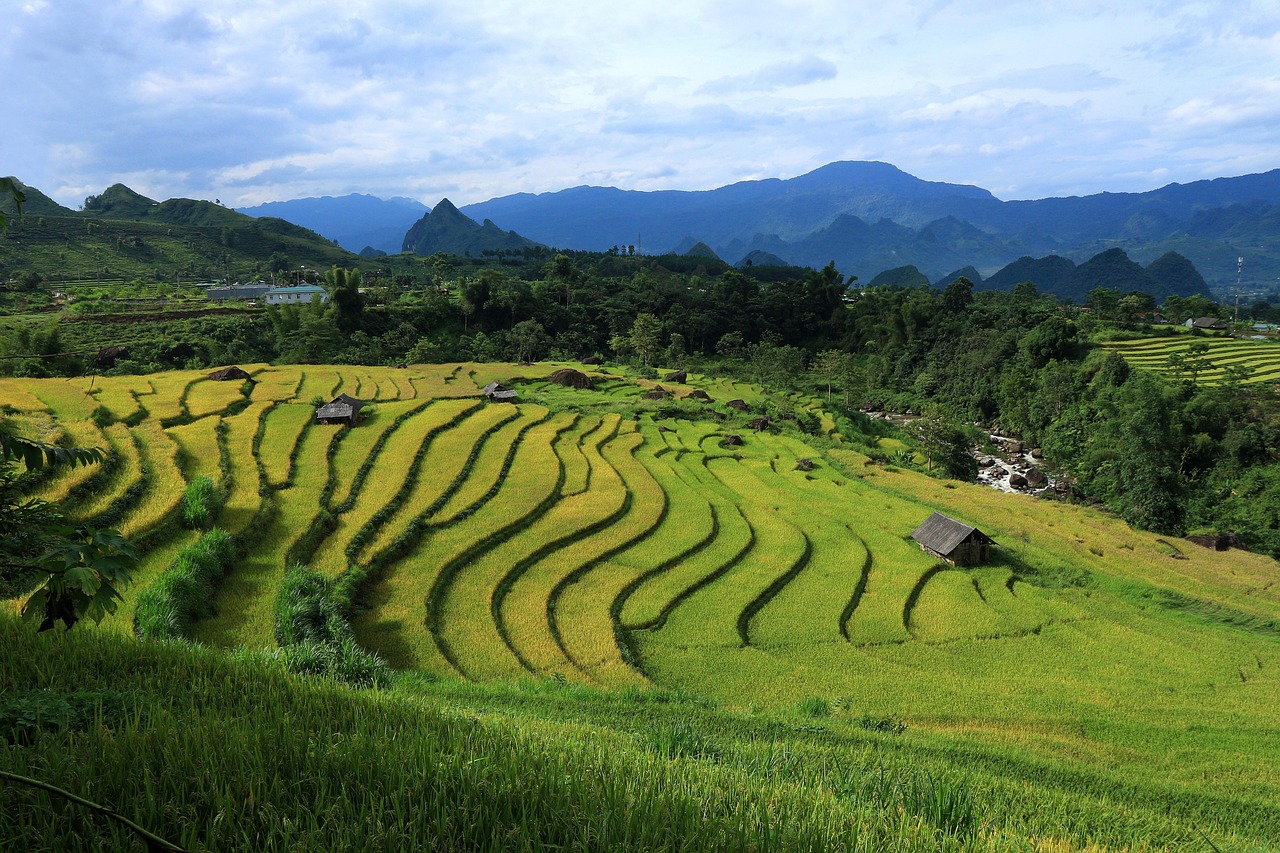From the misty mountains of Sapa to the emerald waters of Halong Bay, from the lantern-lit streets of Hoi An to the bustling energy of Ho Chi Minh City, Vietnam offers an extraordinary tapestry of experiences across its distinctive northern, central, and southern regions.
A Country of Contrasts
Vietnam stretches over 1,700 kilometers from north to south, creating a remarkable diversity in culture, cuisine, and experiences. With direct flights from major cities worldwide and convenient e-visa options, this Southeast Asian gem has become increasingly accessible while maintaining its authentic charm and surprisingly affordable prices.
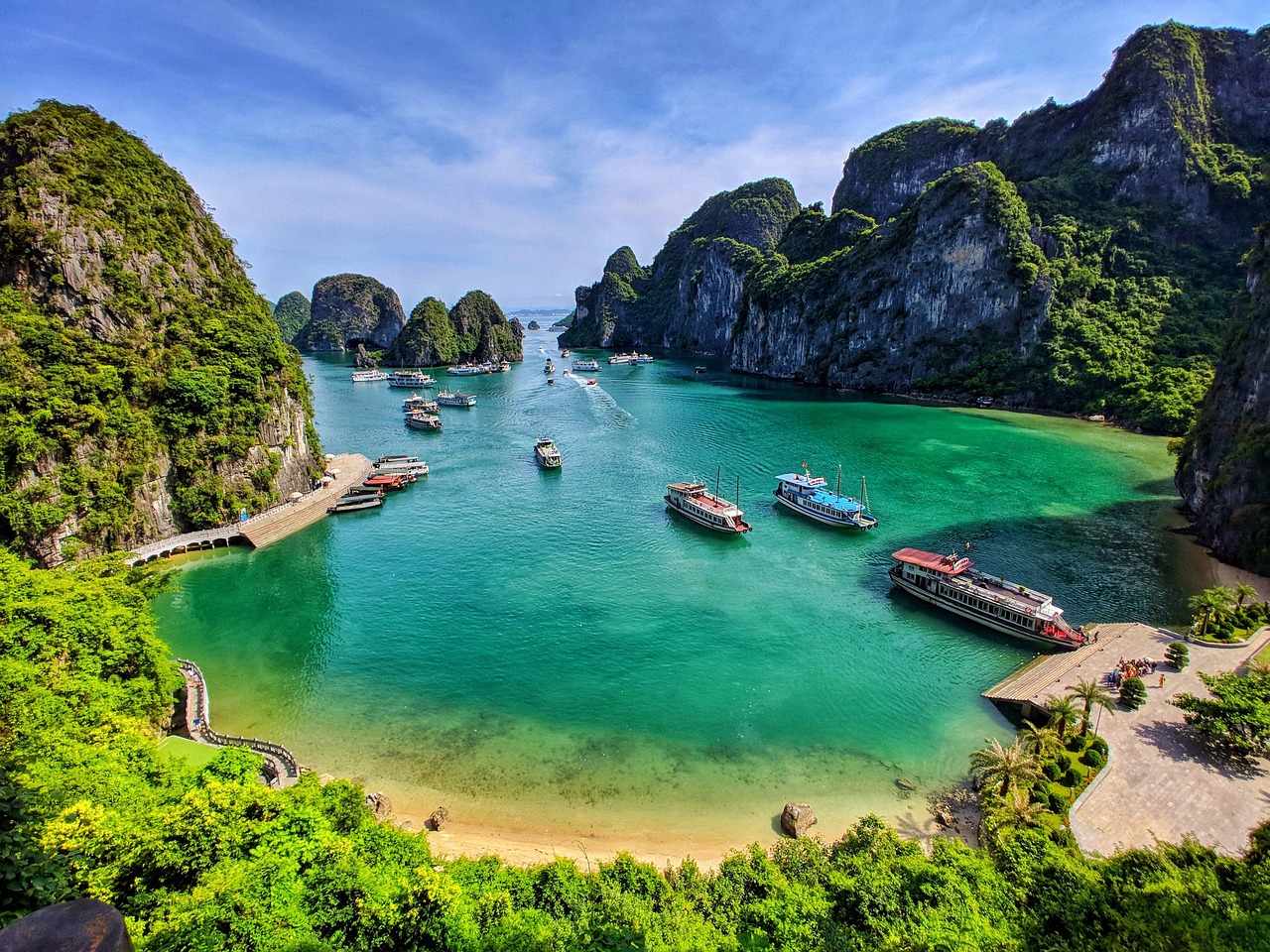
Northern Vietnam: Where Tradition Meets Natural Splendor
Hanoi – The Millennium Capital
The heart of northern Vietnam, Hanoi captivates visitors with its thousand-year history and socialist heritage. The capital city’s soul lies in its atmospheric Old Quarter, where ancient merchant streets buzz with motorbikes weaving between street vendors and colonial facades. Here, life unfolds on the sidewalks – from early morning pho breakfasts served on tiny plastic stools to evening bia hoi (fresh beer) sessions that spill onto the streets.
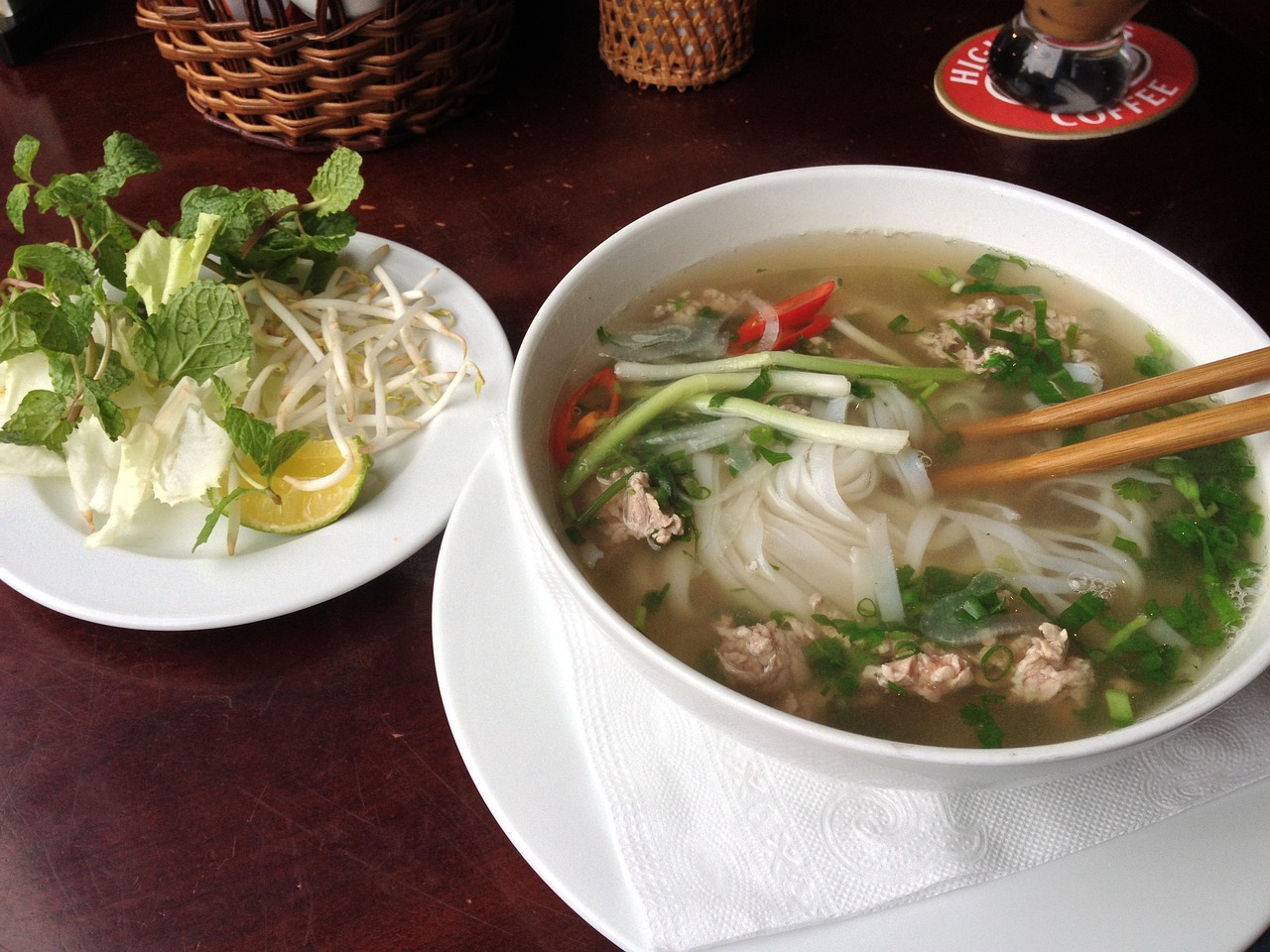
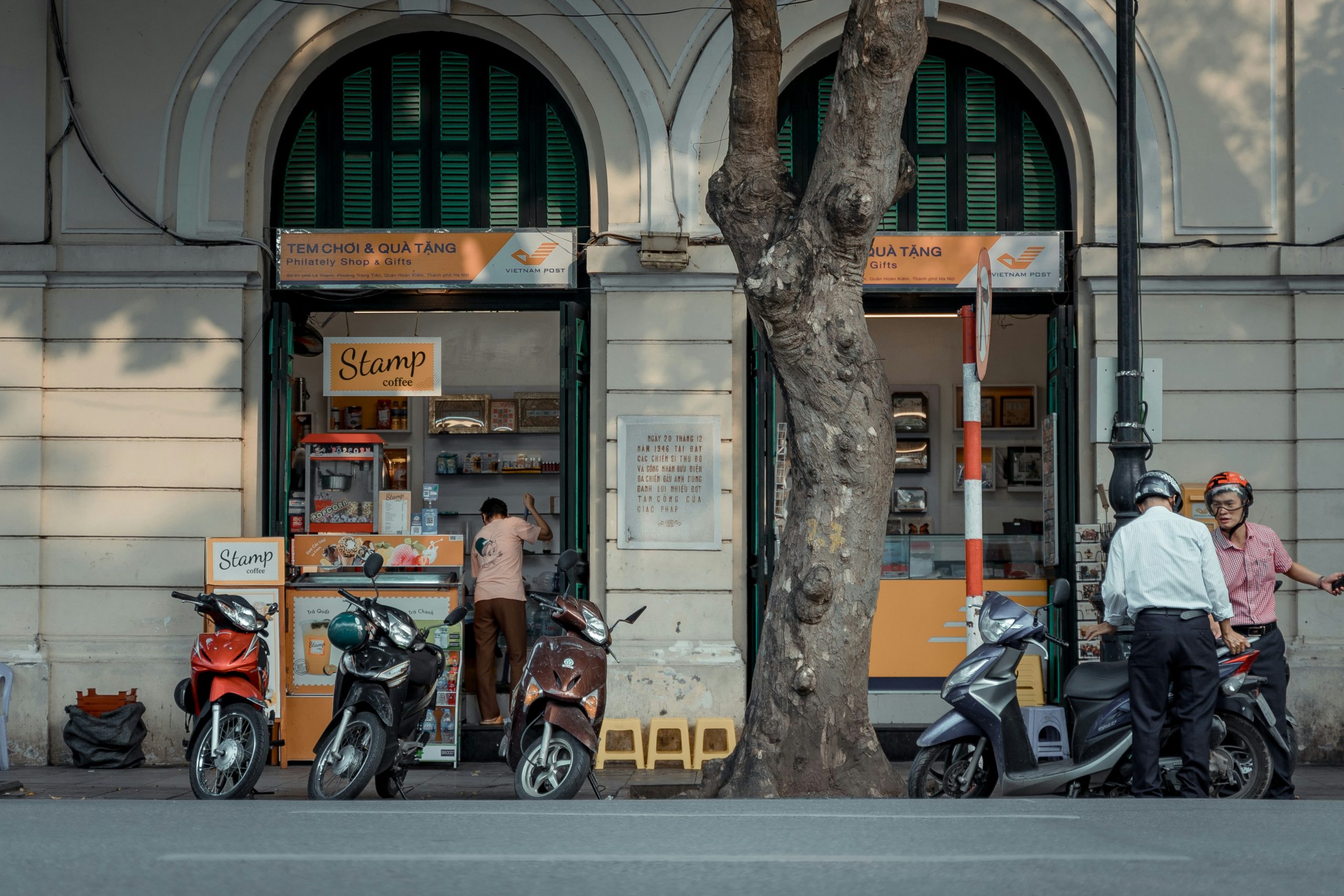
Don’t miss the city’s cultural highlights: the Temple of Literature, Vietnam’s first university dating back to 1070; Ho Chi Minh’s Mausoleum, a pilgrimage site for Vietnamese; and the Vietnam Museum of Ethnology, offering fascinating insights into the country’s 54 ethnic groups. For an authentic experience, hop on a vintage Vespa or traditional cyclo to navigate the maze of streets like a local.
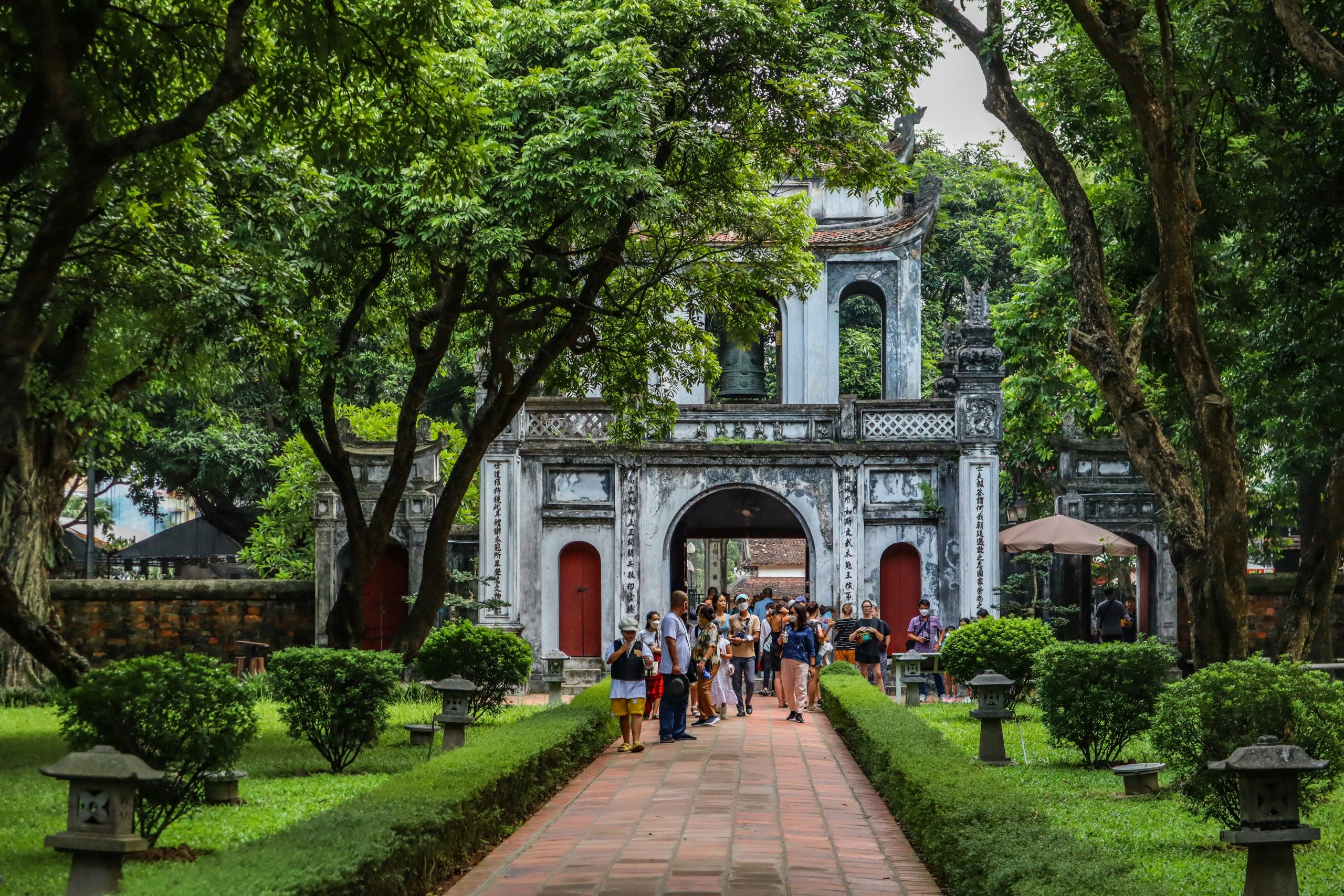
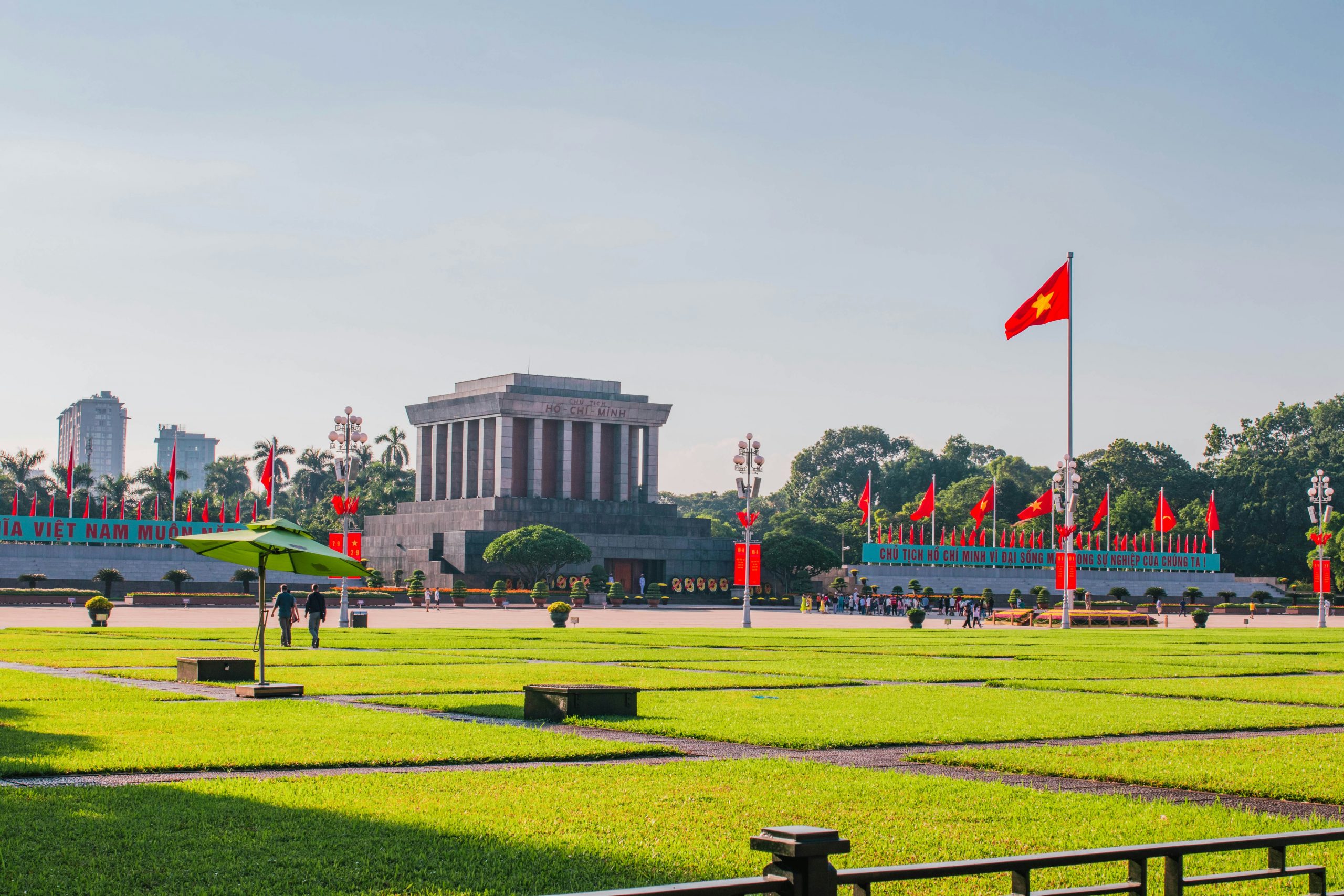
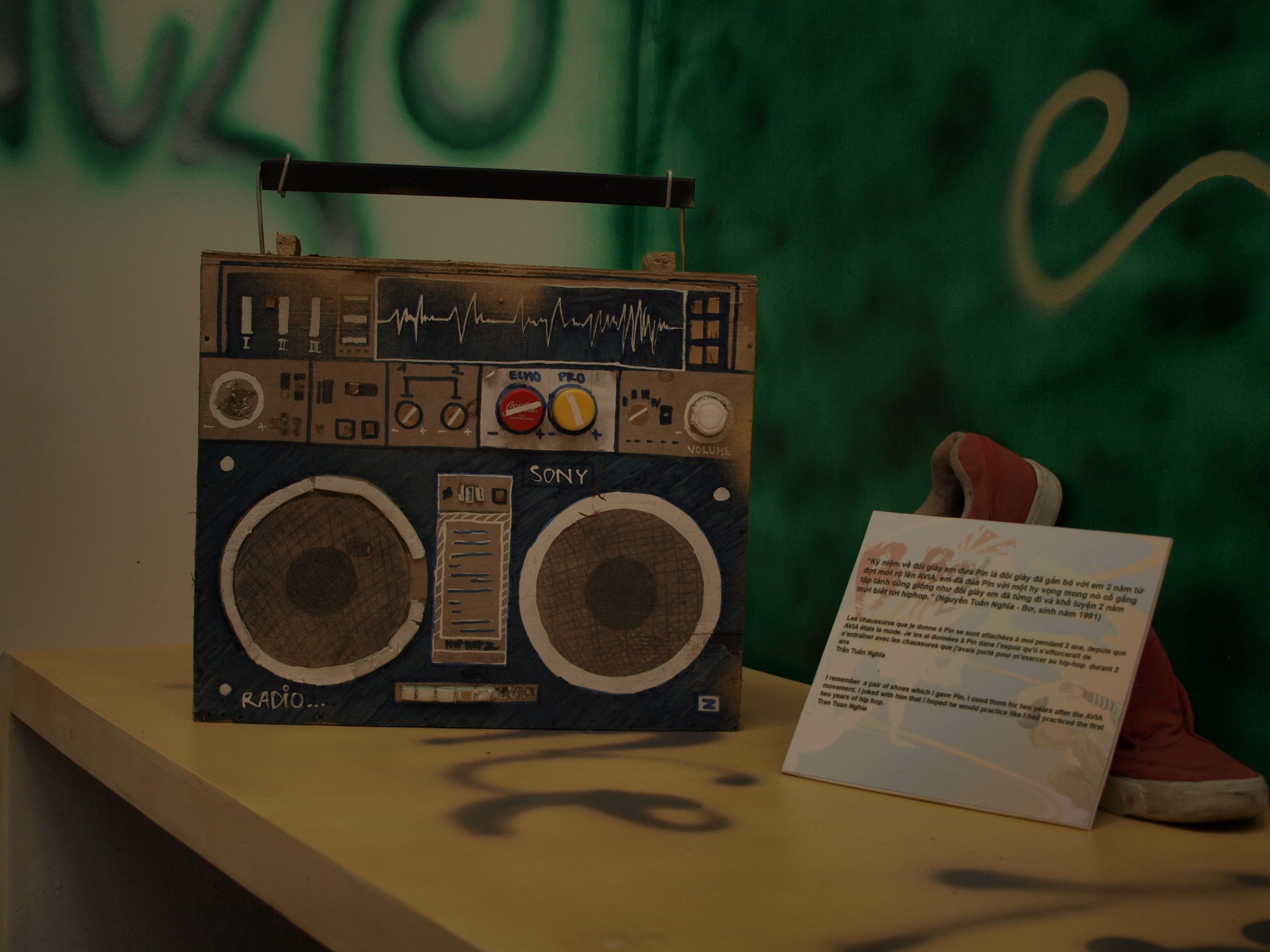
Beyond the Capital
Just hours from Hanoi, otherworldly landscapes await. Halong Bay’s 3,000 limestone karsts rising from jade waters create one of Southeast Asia’s most iconic views. Cruise among these geological wonders on a traditional junk boat, exploring hidden caves and floating fishing villages.
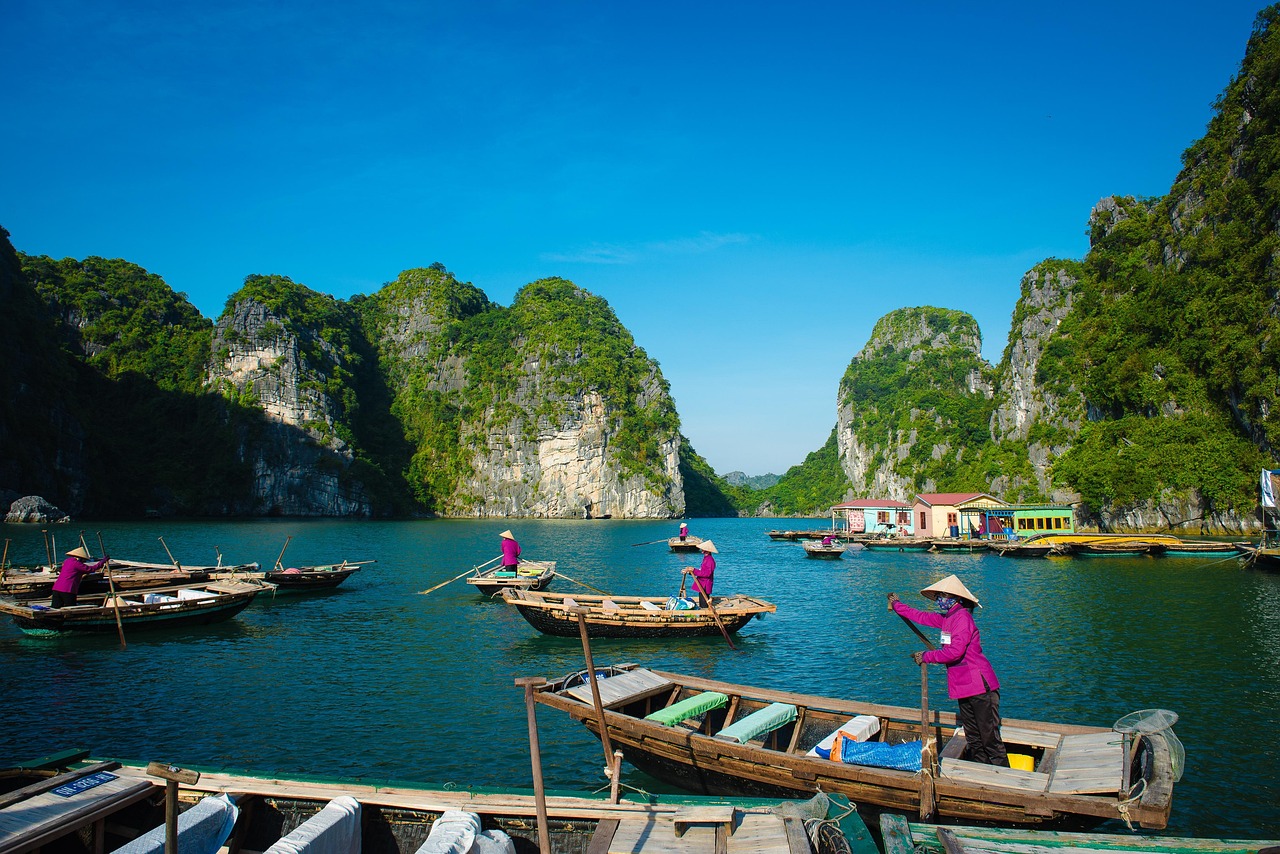
In the northwest, Sapa beckons trekkers with its cascading rice terraces and colorful hill tribe markets. The town serves as a gateway to authentic homestays in ethnic minority villages, where centuries-old farming traditions continue against a backdrop of Vietnam’s highest peaks.

For a more intimate rural experience, Mai Chau valley offers peaceful nights in traditional stilt houses, while Ninh Binh – dubbed “Halong Bay on land” – reveals limestone pinnacles rising from emerald rice paddies.
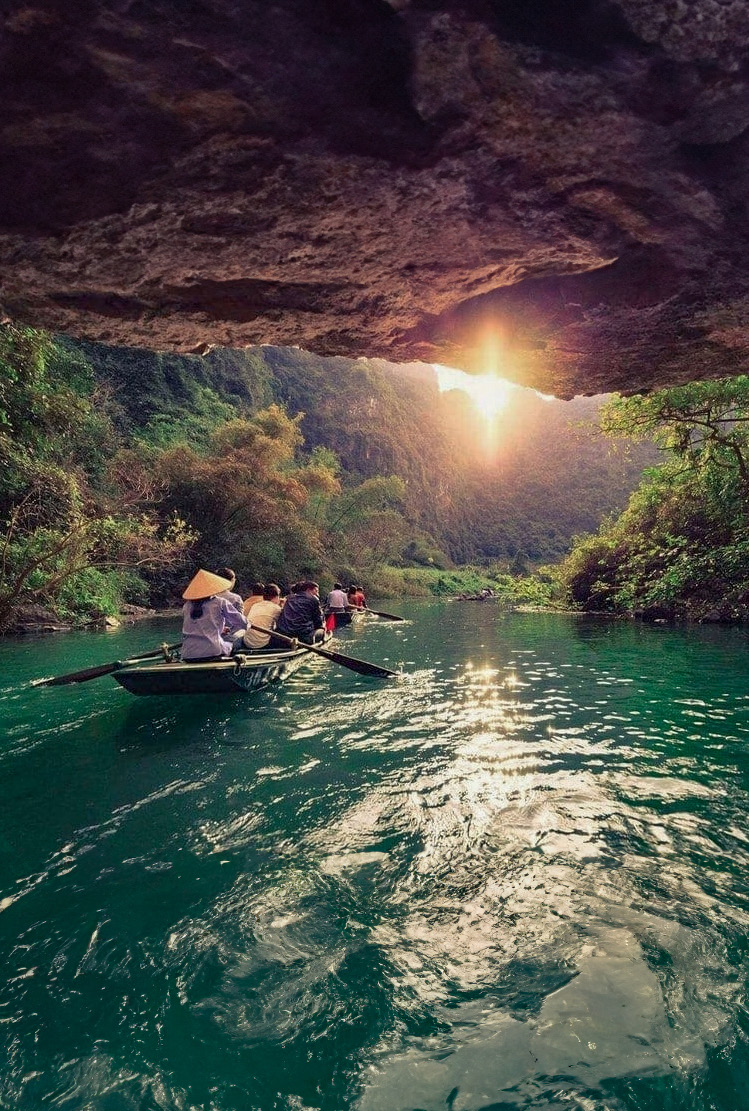
Central Vietnam: Where Heritage Comes Alive
Hue – The Imperial Legacy
Central Vietnam tells the story of dynasties and kingdoms. Hue, the former imperial capital, preserves the grandeur of the Nguyen Dynasty within its citadel walls. The massive complex, modeled after Beijing’s Forbidden City, houses ornate palaces, temples, and the tombs of emperors scattered along the Perfume River.
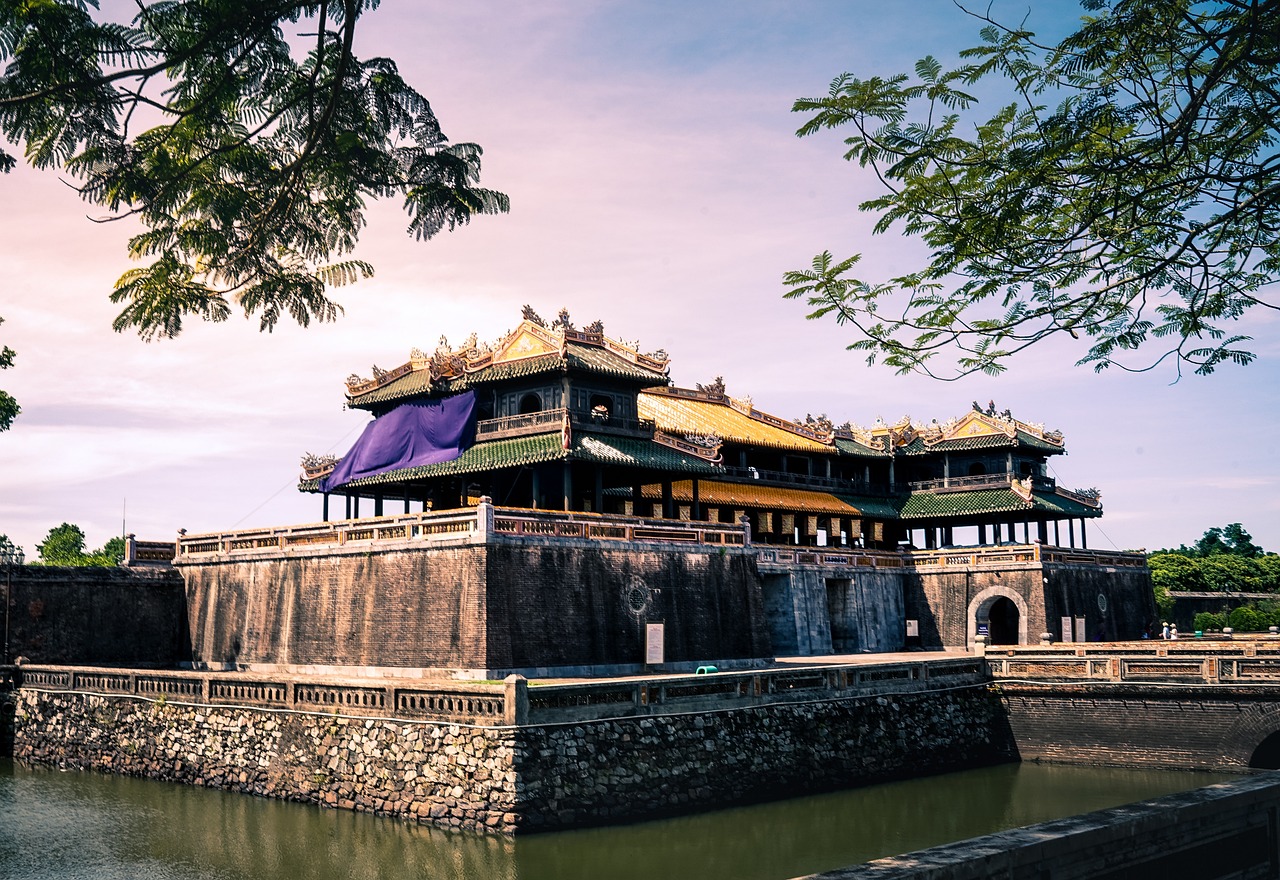
The city’s refined culinary tradition reflects its royal heritage. Sample banh khoai (crispy rice pancakes) and bun bo Hue (spicy beef noodle soup) at family-run establishments that have perfected recipes over generations. For deeper cultural immersion, try your hand at traditional crafts – from Truc chi bamboo paper art to royal pillow making.
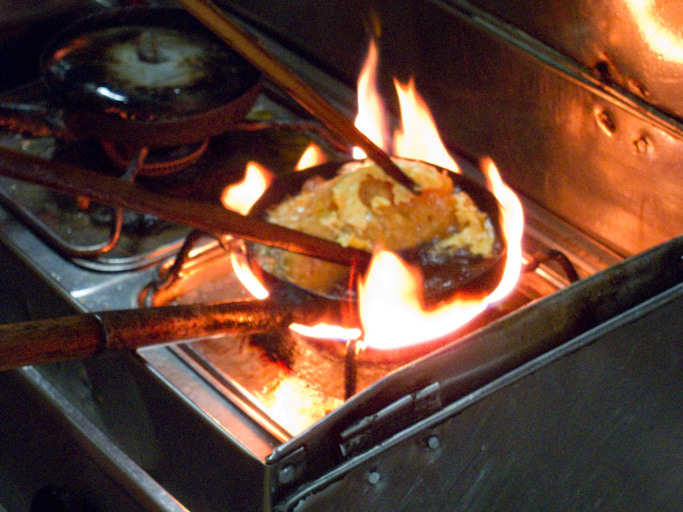

Hoi An – The Merchant’s Dream
Perhaps no Vietnamese town captures hearts quite like Hoi An. This remarkably preserved 15th-century trading port seamlessly blends Vietnamese, Chinese, Japanese, and French influences. By day, explore the Japanese Covered Bridge, Chinese assembly halls, and French colonial houses painted in the town’s signature mustard yellow. By night, thousands of silk lanterns illuminate the Thu Bon River, creating a magical atmosphere.
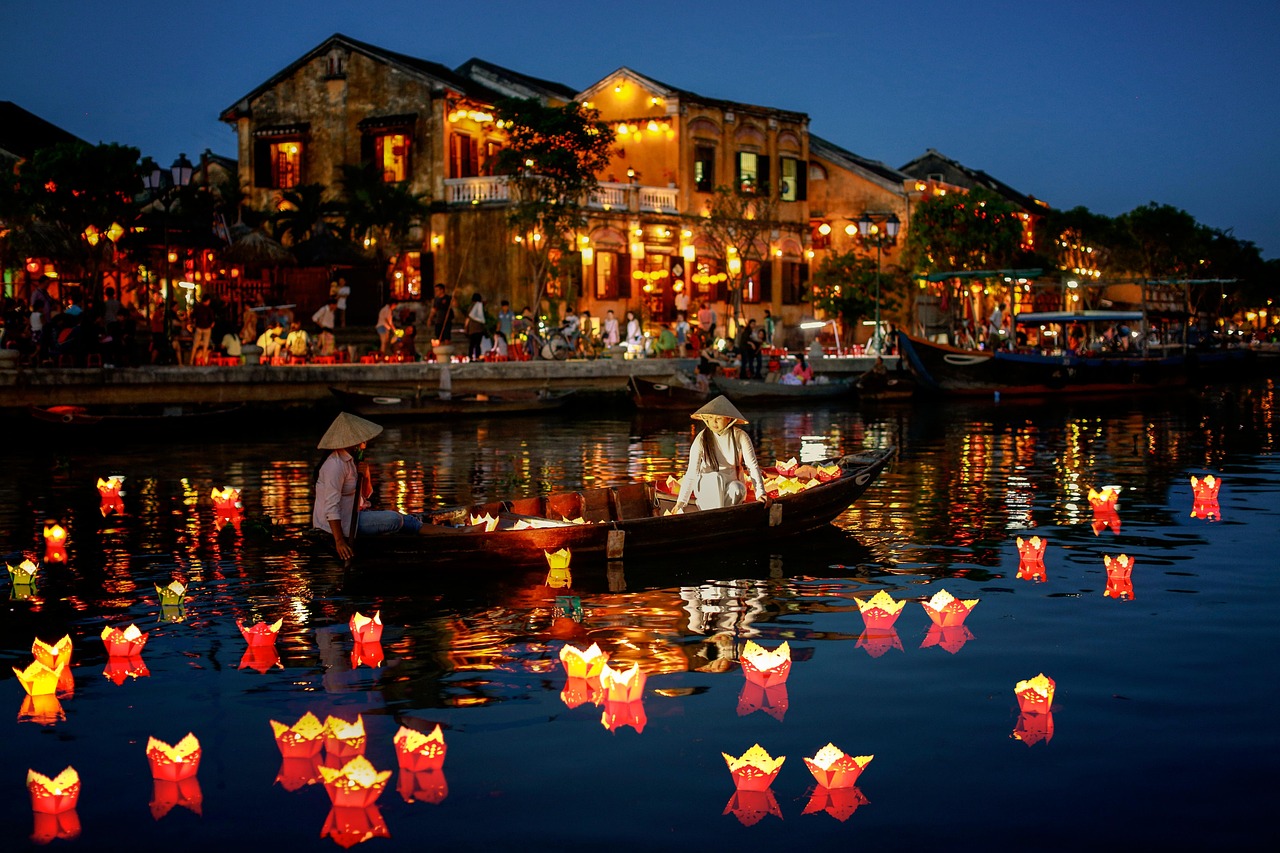
Beyond its photogenic streets, Hoi An offers hands-on experiences that support local communities. Learn to make Mi Quang noodles with disadvantaged youth from Streets International, craft your own lantern to take home, or cycle through emerald rice fields to organic farms in nearby Tra Que village.
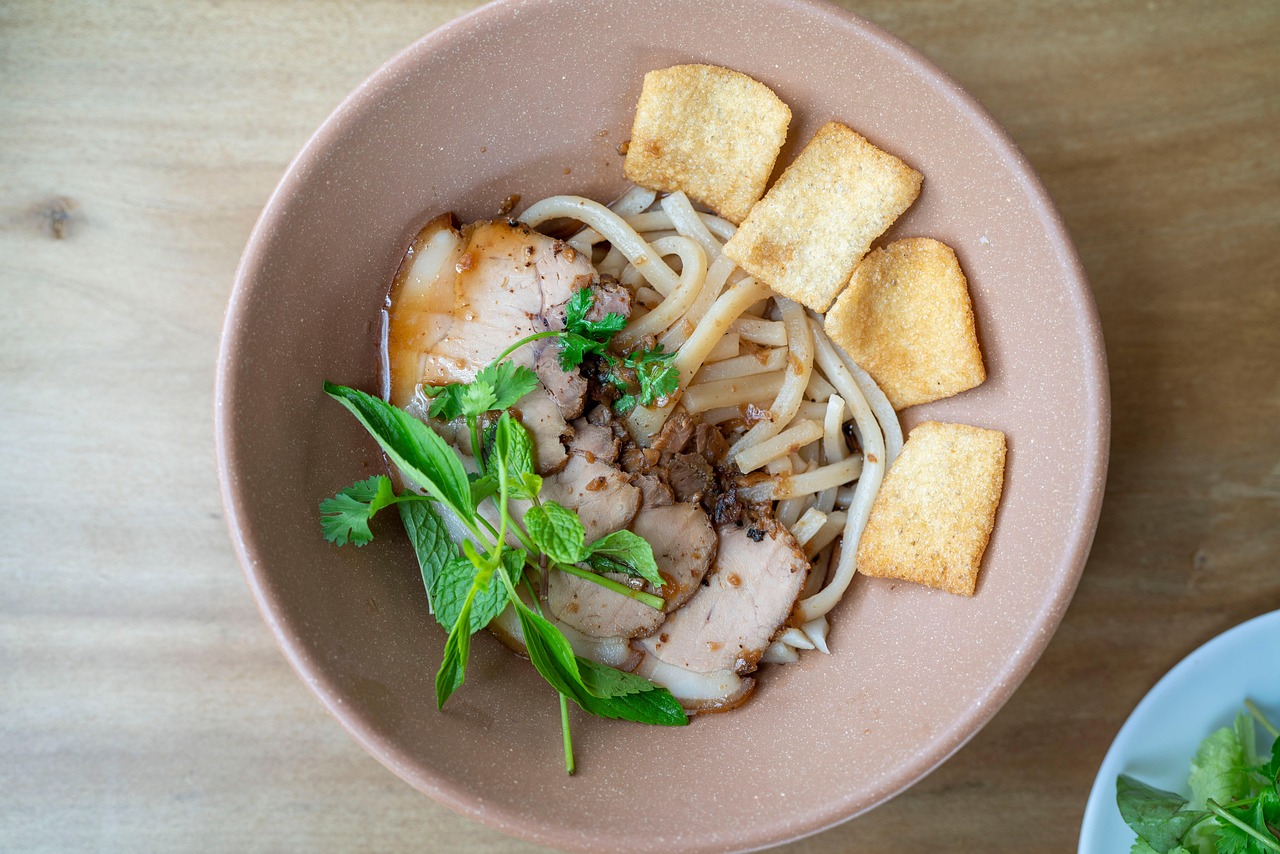
Da Nang – The Coastal Gateway
Once merely a transit point, Da Nang has emerged as a destination in its own right. Its 30-kilometer coastline offers pristine beaches and world-class resorts, while the Marble Mountains and Ba Na Hills (home to the Instagram-famous Golden Bridge) provide dramatic day trips. The city serves as an ideal base for exploring central Vietnam’s diverse attractions.
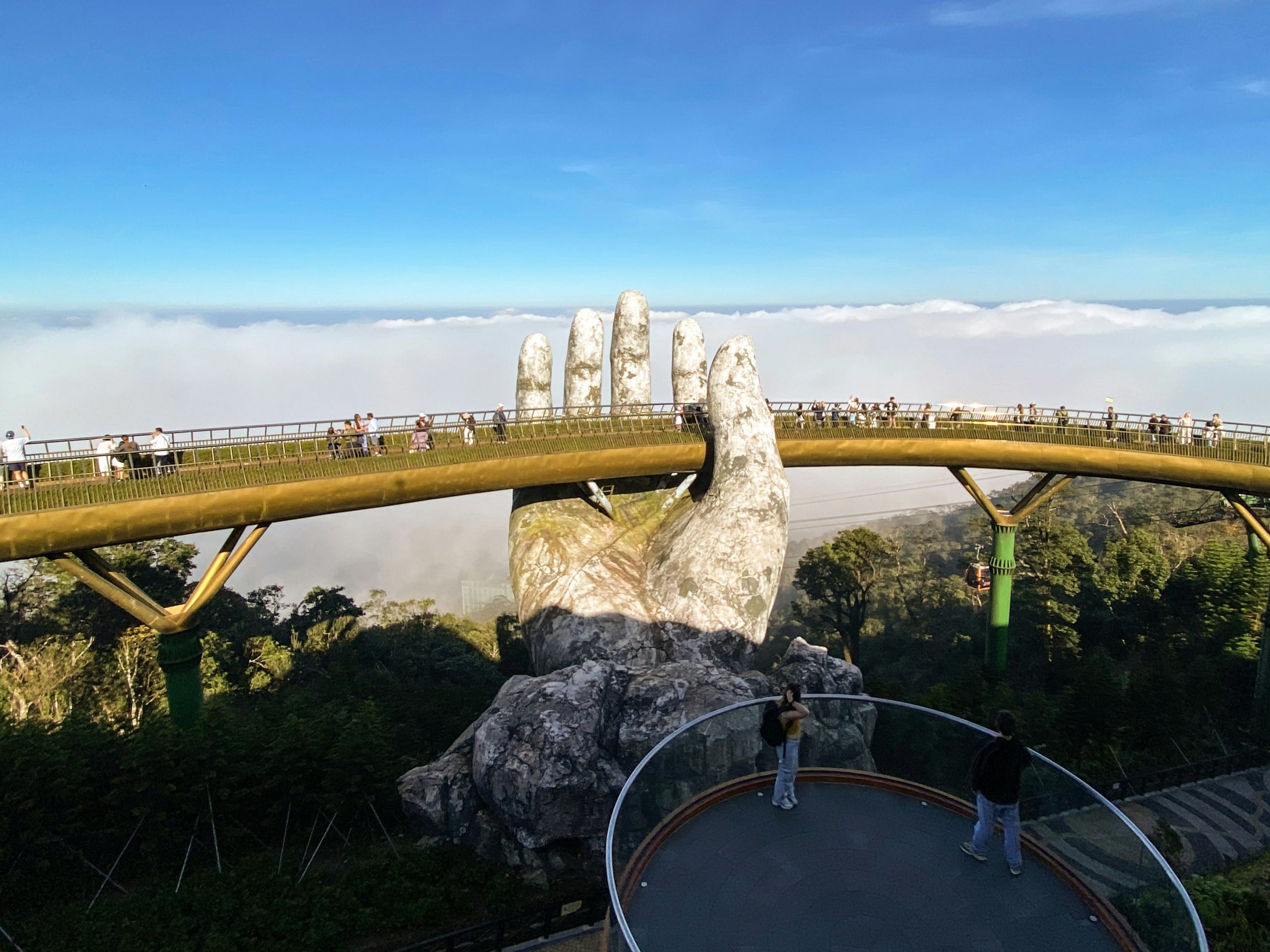
Southern Vietnam: Dynamic and Cosmopolitan
Ho Chi Minh City – The Economic Powerhouse
If Hanoi is Vietnam’s cultural heart, Ho Chi Minh City (Saigon) is its commercial soul. This energetic metropolis generates 25% of Vietnam’s GDP and embraces change with entrepreneurial spirit. French colonial landmarks like Notre Dame Cathedral and the Central Post Office stand alongside gleaming skyscrapers, while hidden down narrow alleys, some of Asia’s best bars and cafes thrive in century-old buildings.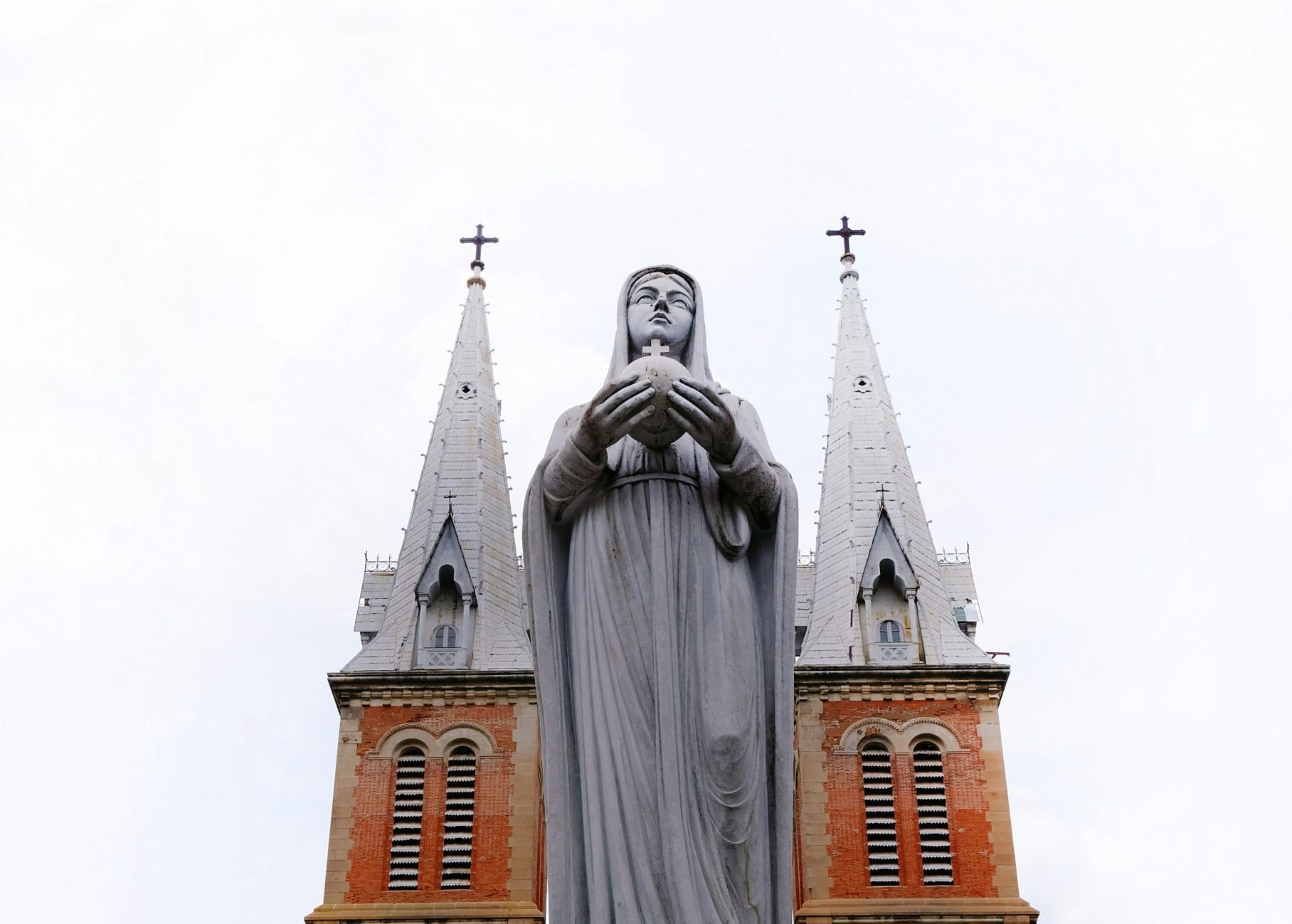
The city’s dining scene exemplifies its cosmopolitan character. World-class venues hide behind unremarkable facades – Workshop Coffee occupies a crumbling colonial rooftop requiring a climb up rusted spiral stairs, while Asia’s 50 Best Bars laureate Stir neighbors a local market. This “speakeasy culture” transforms urban exploration into a treasure hunt, where the journey becomes part of the destination.
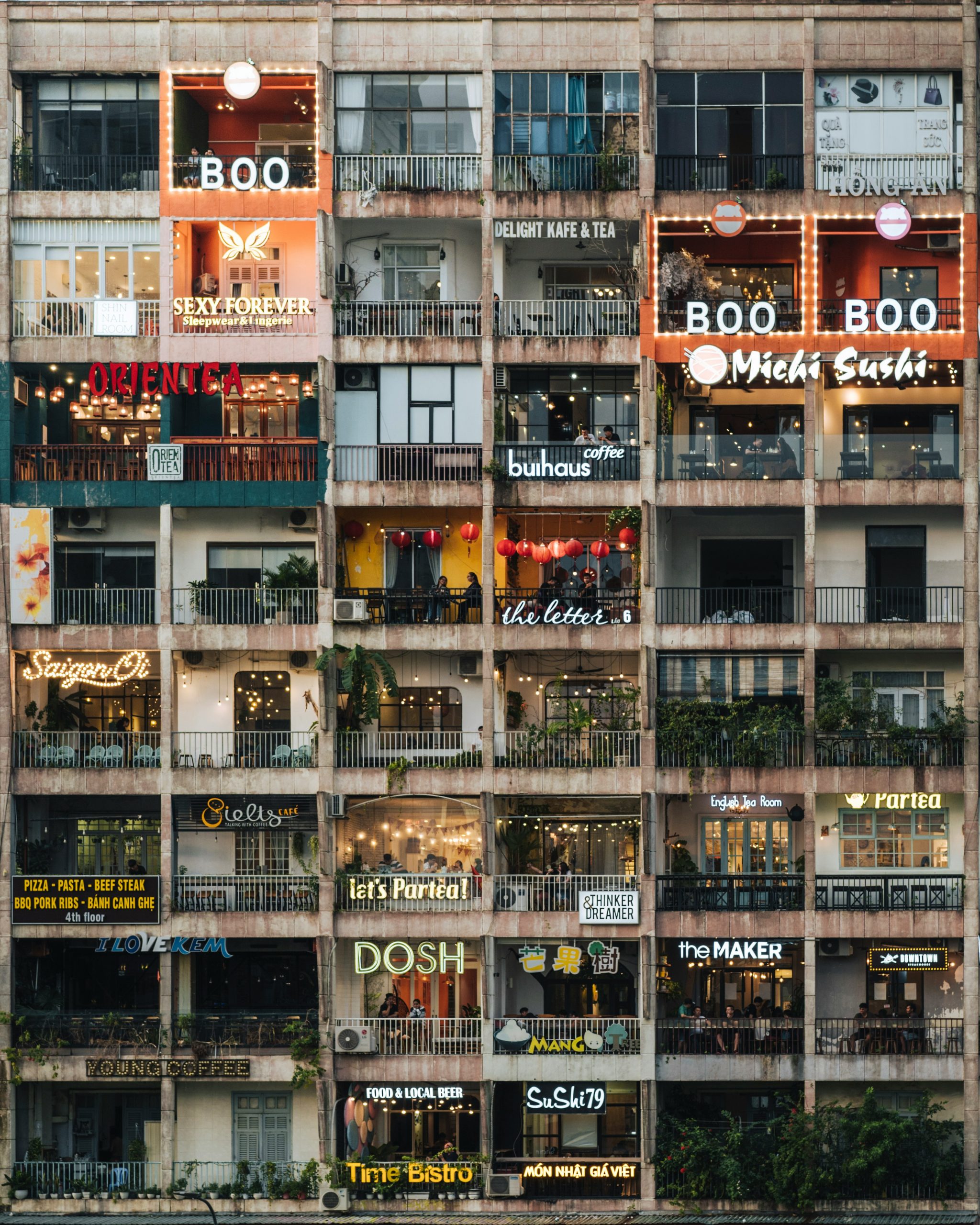
Don’t miss the sobering but essential Cu Chi Tunnels, an underground network that played a crucial role in the Vietnam War, offering powerful insights into the country’s recent history.
The Mekong Delta – Vietnam’s Rice Bowl

South of Saigon, the mighty Mekong River splits into nine tributaries, creating a fertile delta that produces half of Vietnam’s rice. This watery world of floating markets, fruit orchards, and riverside communities offers a glimpse into traditional rural life. Stay overnight in a homestay, wake to the sound of boats puttering past, and join locals at dawn markets where vendors sell everything from tropical fruits to steaming bowls of hu tieu (southern-style noodle soup).
Island Escapes
Southern Vietnam’s islands provide perfect endings to any journey. Phu Quoc, the country’s largest island, combines white-sand beaches with emerging eco-tourism initiatives – kayak through mangroves, visit pepper farms, and learn the secrets of nuoc mam (fish sauce) production. For those seeking untouched beauty, the Con Dao archipelago offers pristine reefs and a fascinating if somber history as a former prison island.
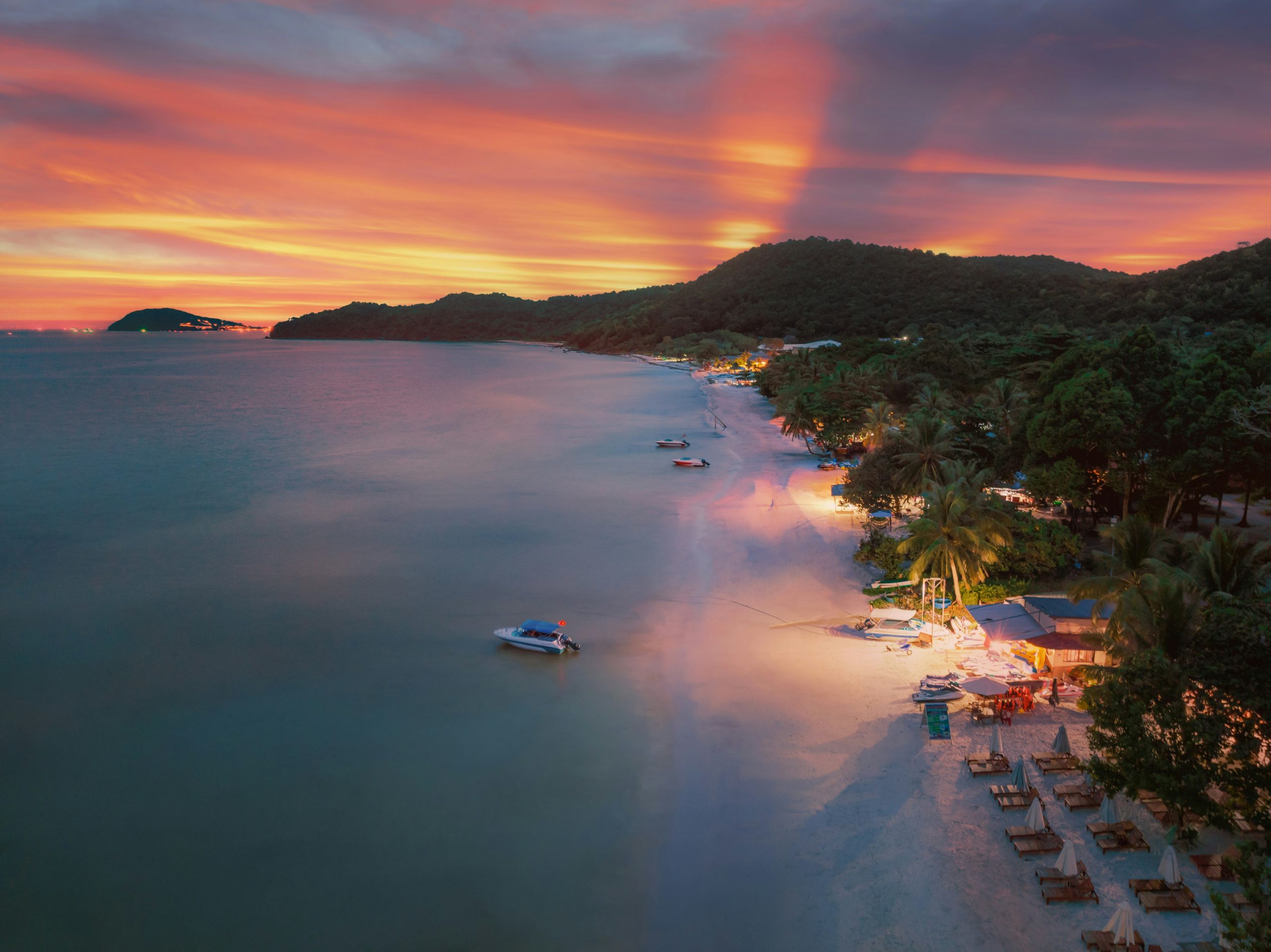
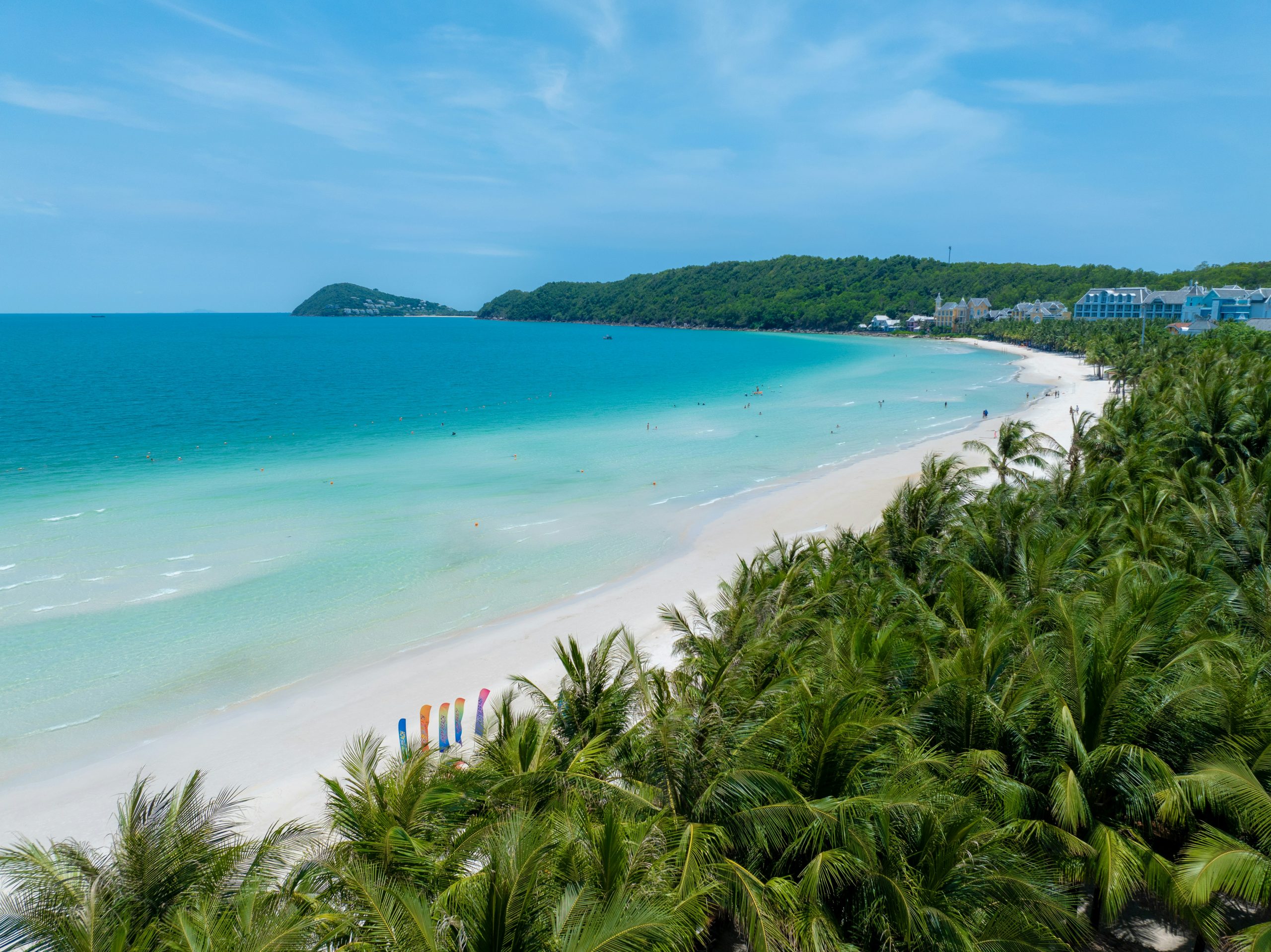
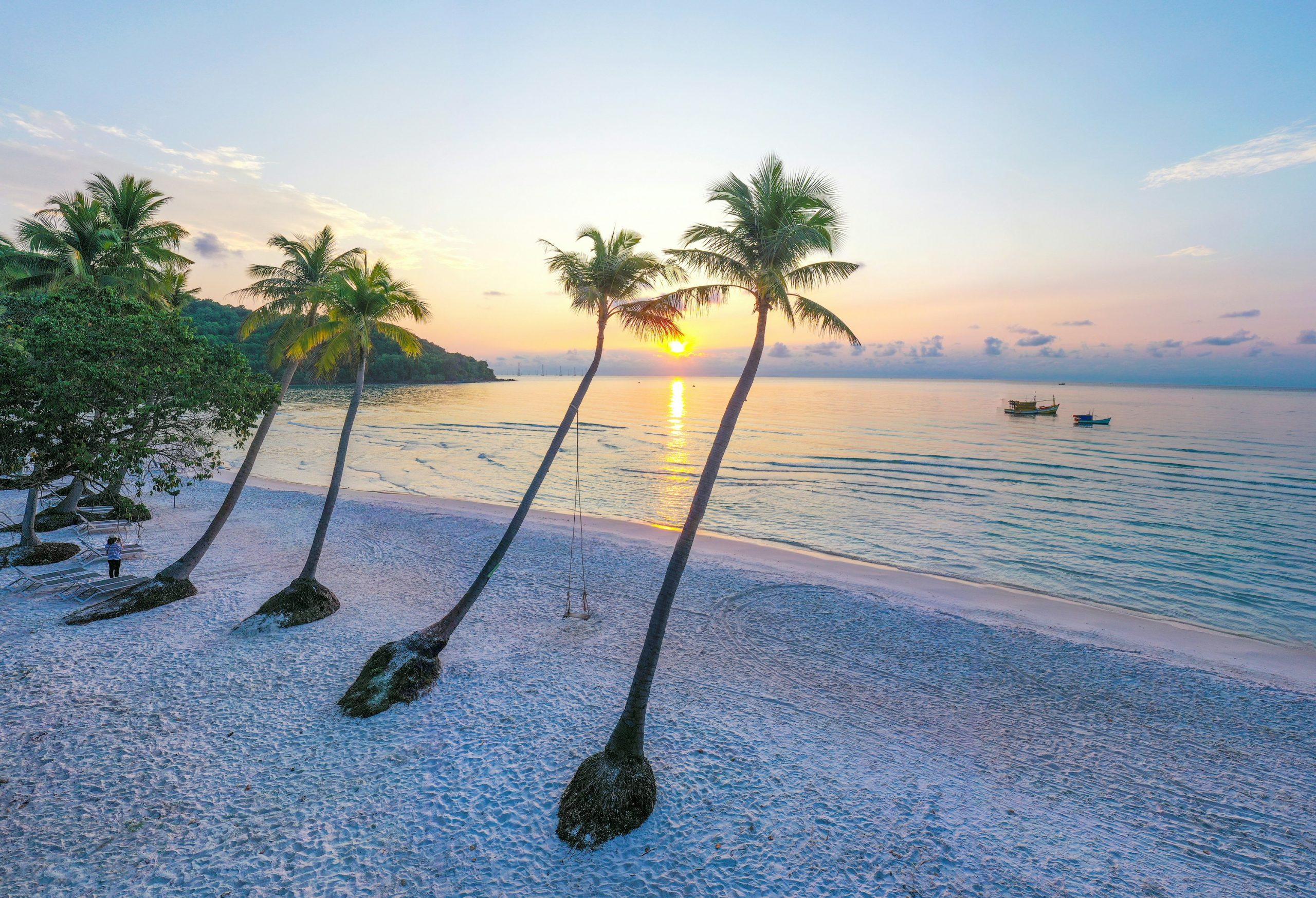
Culinary Contrasts: North to South
Vietnam’s regional cuisines reflect historical and cultural differences. Northern dishes favor subtle, balanced flavors – Hanoi’s pho uses a clear broth with minimal garnishes, letting the beef and herbs shine. Central Vietnam’s imperial heritage appears in elaborate presentations and complex flavor profiles, often incorporating more chili and lemongrass.
Southern cuisine embraces abundance and sweetness. Ho Chi Minh City’s pho comes loaded with bean sprouts, herbs, and hoisin sauce, while the tropical climate provides year-round access to fruits that influence both savory and sweet dishes. Throughout the country, however, freshness remains paramount – herbs are picked moments before serving, and ingredients travel from market to table within hours.
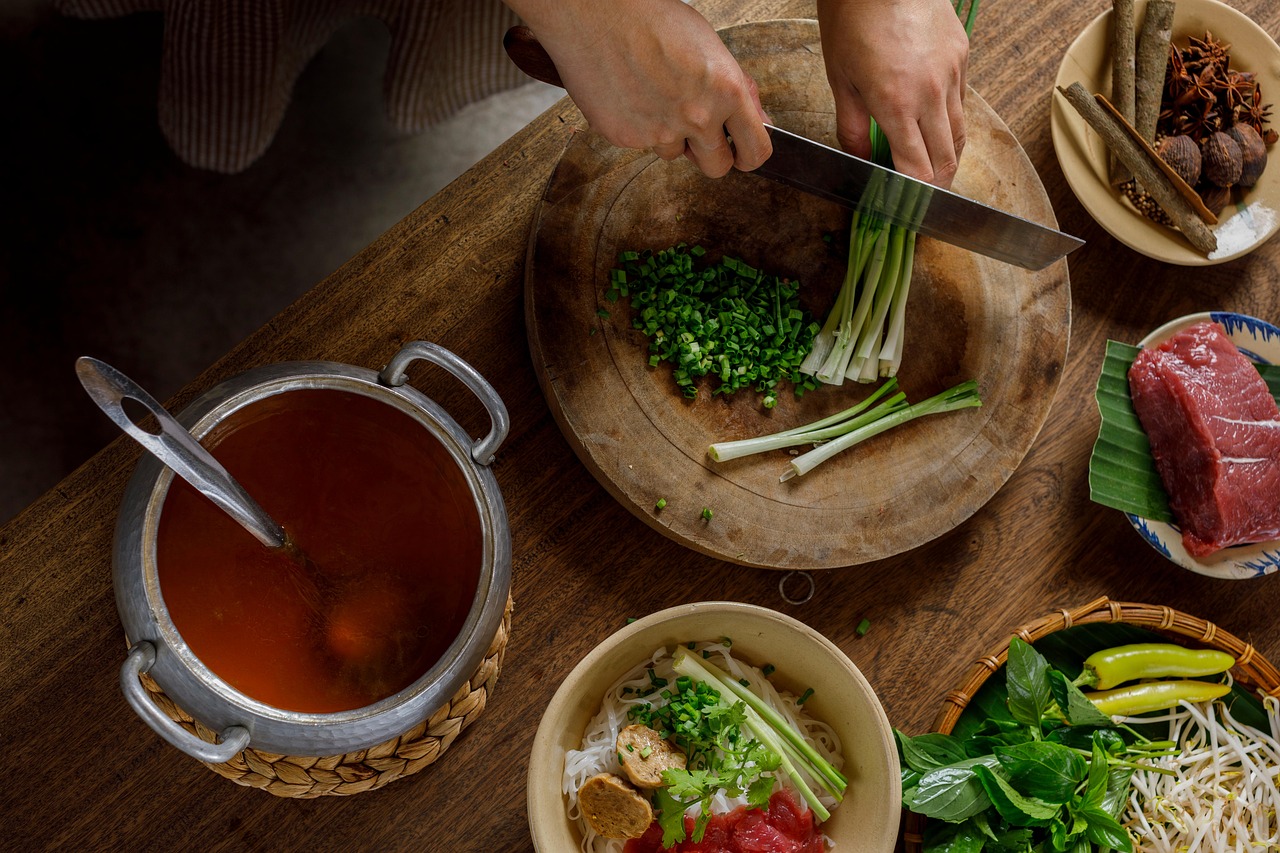
Practical Considerations
Getting There: Major cities offer direct flights from across Asia, with budget carriers making multi-city trips affordable. The Reunification Express train connects Hanoi to Ho Chi Minh City, offering a scenic (if slow) alternative to flying.
Visa: Most visitors can obtain an e-visa online for stays up to 30 days. The process is straightforward and typically approved within three working days.
When to Visit: Vietnam’s length creates varied weather patterns. Generally, October to April offers the most comfortable conditions nationwide, though each region has its optimal seasons.
Budget: Vietnam remains exceptional value. Boutique hotels average 30−80,streetfoodcosts1-3 per dish, and even high-end restaurants rarely exceed $30 per person. Transportation via train or bus between cities typically costs $20-40.
A Journey of Discovery
Whether you’re drawn to the traditional charm of the north, the heritage treasures of the center, or the dynamic energy of the south, Vietnam rewards curious travelers with authentic experiences and warm hospitality. In an era of overtourism, it offers that increasingly rare combination: genuine cultural encounters, stunning landscapes, and the thrill of discovery – all at prices that make extended exploration possible.
As Vietnamese often say, “Di mot ngay dang, hoc mot sang khon” – “A day of traveling brings a basketful of learning.” In Vietnam, every region offers its own basket of wisdom, waiting to be discovered.
Ready to explore Vietnam? Contact our travel specialists to craft your perfect journey through this captivating country.


